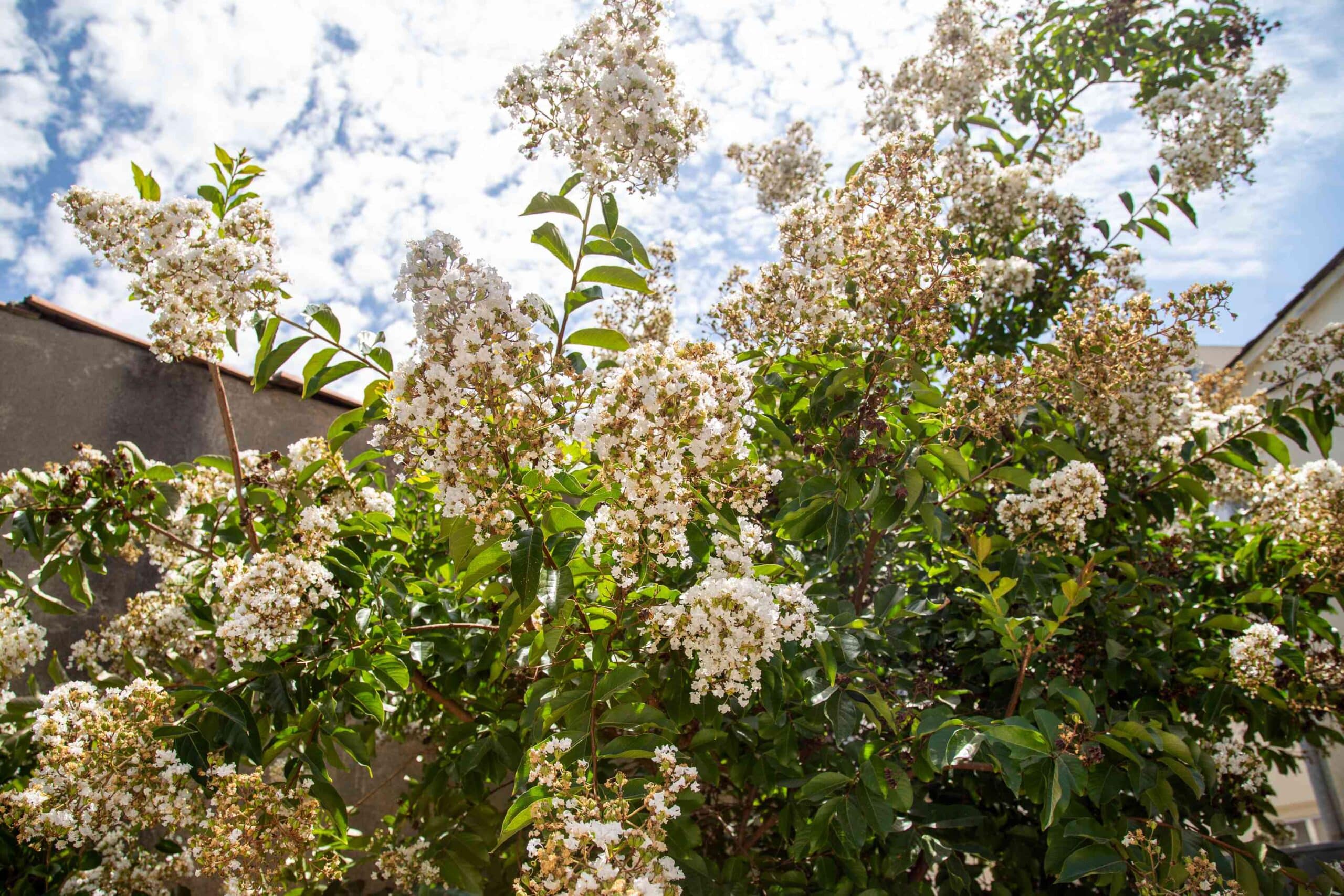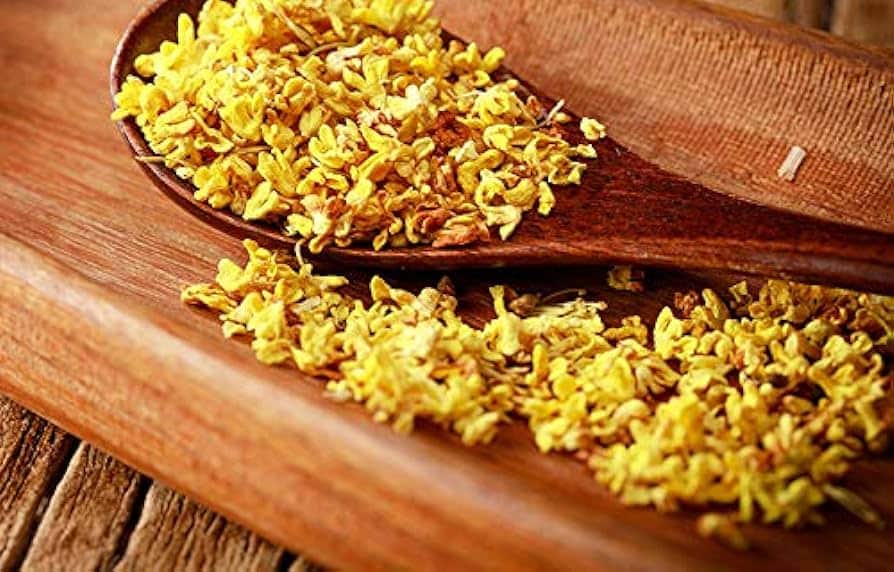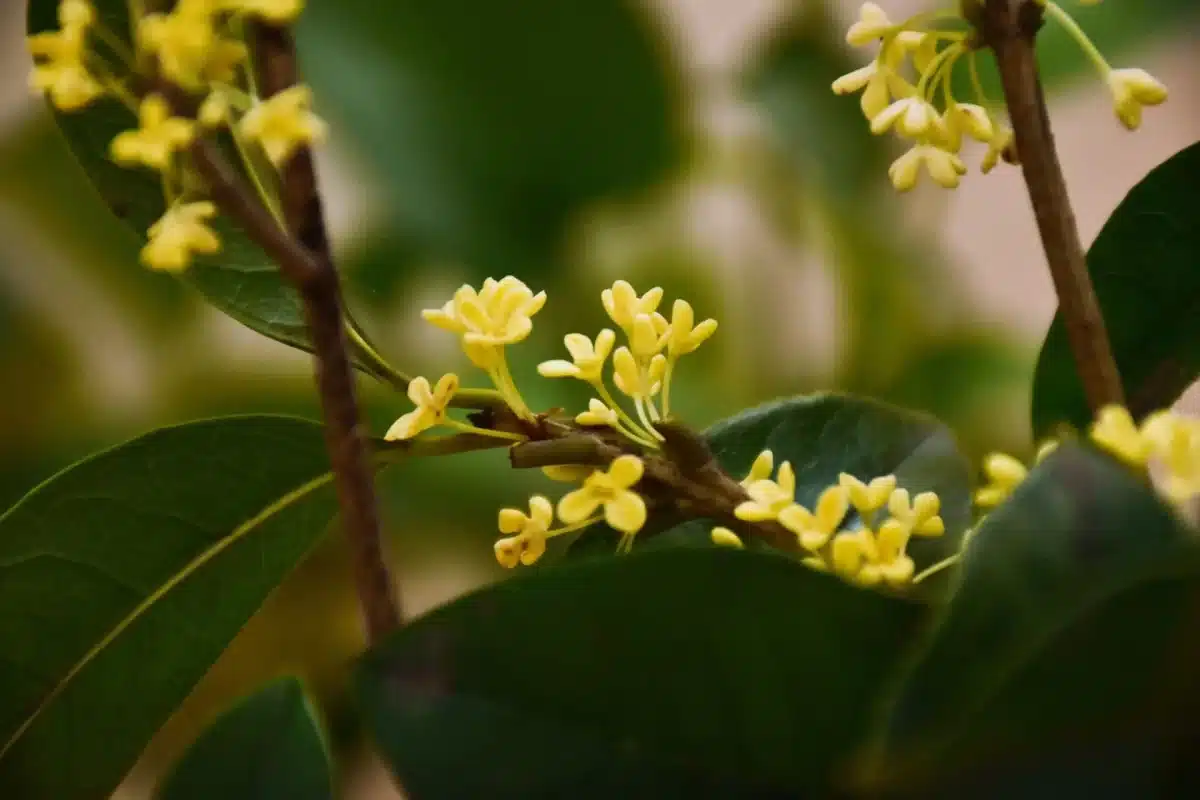Osmanthus flowers in floral-scented dishes?

Osmanthus flowers, celebrated for their delicate aroma and captivating beauty, have long been revered in culinary traditions across East Asia. From China to Japan, these fragrant blossoms are prized for their sweet, floral fragrance, which infuses dishes with a subtle elegance and enchanting allure. In the world of culinary arts, osmanthus flowers are revered for their ability to elevate both sweet and savory creations, transforming ordinary dishes into exquisite culinary delights.
Cultural Significance:
Osmanthus flowers hold profound cultural significance in many Asian societies, where they symbolize prosperity, happiness, and harmony. In China, osmanthus is a cherished motif in traditional festivals and celebrations, particularly during the Mid-Autumn Festival, where osmanthus-scented mooncakes are enjoyed as a symbol of reunion and abundance. Similarly, in Japan, osmanthus flowers are revered for their graceful beauty and are celebrated in art, literature, and tea ceremonies, where they evoke a sense of tranquility and serenity.
Infusing Delicate Flavors:
The delicate aroma of osmanthus flowers adds a unique dimension to floral-scented dishes, imparting a subtle sweetness and elegance that tantalizes the taste buds. In culinary creations, osmanthus flowers are often used to infuse teas, wines, syrups, and desserts with their enchanting fragrance, creating a sensory experience that is both captivating and memorable. Osmanthus-infused dishes offer a harmonious balance of flavors and textures, where the delicate floral notes complement and enhance the natural essence of other ingredients.
Osmanthus Tea:
One of the most popular uses of osmanthus flowers is in the creation of osmanthus tea, a soothing and aromatic beverage enjoyed for its delicate flavor and calming properties. To make osmanthus tea, dried osmanthus flowers are steeped in hot water, allowing their sweet fragrance to permeate the infusion. Osmanthus tea can be enjoyed on its own or combined with other teas such as green tea or oolong tea for a more complex flavor profile. Refreshing and invigorating, osmanthus tea is a beloved beverage that delights the senses and nourishes the soul.
Desserts and Pastries:
Osmanthus flowers are prized for their ability to enhance the flavor and aroma of desserts and pastries, infusing sweet treats with a subtle floral elegance. From osmanthus-flavored cakes and cookies to osmanthus-infused jellies and puddings, the possibilities are endless. The delicate fragrance of osmanthus flowers adds a sophisticated touch to desserts, elevating them to new heights of culinary artistry. Osmanthus flowers can also be used to garnish desserts, providing a visually stunning finishing touch that delights the eyes as well as the palate.
Savory Creations:
While osmanthus flowers are often associated with sweet dishes, they also lend their unique aroma to savory creations, adding depth and complexity to a variety of culinary masterpieces. In savory dishes, osmanthus flowers can be used to infuse sauces, marinades, and dressings with their delicate fragrance, creating a harmonious balance of flavors. Osmanthus-infused dishes, such as osmanthus-scented rice or osmanthus-glazed meat, offer a tantalizing fusion of sweet and savory notes that appeal to the senses.
Cocktails and Beverages:
Osmanthus flowers are a popular ingredient in cocktails and beverages, where their sweet, floral aroma adds a touch of sophistication and allure. Osmanthus-infused cocktails, featuring ingredients such as gin, vodka, or champagne, offer a refreshing and elegant libation that is perfect for special occasions and gatherings. Additionally, osmanthus-flavored beverages, such as osmanthus lemonade or osmanthus iced tea, provide a delightful refreshment on warm summer days, offering a welcome respite from the heat.
Culinary Artistry:
In the hands of skilled chefs and culinary artisans, osmanthus flowers become a canvas for culinary creativity and innovation. From delicate pastries to savory entrees, osmanthus flowers inspire chefs to push the boundaries of flavor and texture, creating dishes that are as visually stunning as they are delicious. With their subtle sweetness and enchanting aroma, osmanthus flowers add a touch of magic to every culinary creation, inviting diners on a sensory journey that celebrates the beauty of nature and the artistry of gastronomy.
In conclusion, osmanthus flowers are a cherished treasure in the world of culinary arts, where their delicate aroma and enchanting beauty transform ordinary dishes into extraordinary culinary masterpieces. From osmanthus tea to floral-scented desserts, osmanthus flowers captivate the senses and evoke a sense of wonder and delight. As we savor the exquisite flavors and aromas of osmanthus-infused dishes, we celebrate the timeless allure of nature’s bounty and the artistry of culinary craftsmanship. With each bite and sip, we are transported to a world of elegance and refinement, where the beauty of osmanthus flowers shines brightly in every culinary creation.
FAQ:
1. How do I use osmanthus flowers in cooking?
- Osmanthus flowers can be used to infuse teas, wines, syrups, desserts, and savory dishes with their delicate aroma and flavor, adding a subtle floral elegance to culinary creations.
2. What does osmanthus tea taste like?
- Osmanthus tea has a sweet, floral flavor with subtle fruity undertones, reminiscent of apricots or peaches, offering a soothing and aromatic beverage enjoyed hot or cold.
3. Can I eat osmanthus flowers raw?
- While osmanthus flowers are edible, they are typically used in culinary applications after being dried or infused to release their delicate fragrance and flavor.
4. Where can I buy osmanthus flowers for cooking?
- Osmanthus flowers can be found in Asian grocery stores, specialty tea shops, and online retailers that offer dried herbs and botanicals for culinary purposes.
5. Are osmanthus flowers gluten-free?
- Yes, osmanthus flowers are naturally gluten-free and can be safely enjoyed by individuals with gluten sensitivities or celiac disease.
6. Can I use osmanthus flowers in cocktails?
- Yes, osmanthus flowers are a popular ingredient in cocktails and beverages, where their sweet, floral aroma adds sophistication and allure to various libations.
7. How do I store osmanthus flowers for culinary use?
- Dried osmanthus flowers should be stored in an airtight container in a cool, dry place away from direct sunlight to maintain their fragrance and flavor.
8. Are there any health benefits to consuming osmanthus flowers in culinary dishes?
- Osmanthus flowers are rich in antioxidants and may have anti-inflammatory properties. While they are primarily enjoyed for their flavor and aroma, they may offer some health benefits when consumed in moderation.
9. Can osmanthus flowers be used in vegan or vegetarian recipes?
- Yes, osmanthus flowers are plant-based and can be used in a variety of vegan and vegetarian recipes to add a delicate floral note and enhance the overall flavor profile.
10. Are there any traditional dishes that feature osmanthus flowers prominently?
- Yes, osmanthus flowers are often used in traditional Asian desserts, such as osmanthus jelly, osmanthus cake, and osmanthus rice wine, where their delicate aroma and flavor shine brightly.
Related Posts
What are the benefits of eating osmanthus flower?
-
Posted by
akshita aishwarya
- 0 comments
Osmanthus flowers vs. jasmine: Culinary uses?
-
Posted by
akshita aishwarya
- 1 comment
What can I do with osmanthus flowers?
-
Posted by
akshita aishwarya
- 1 comment






One thought on “Osmanthus flowers in floral-scented dishes?”